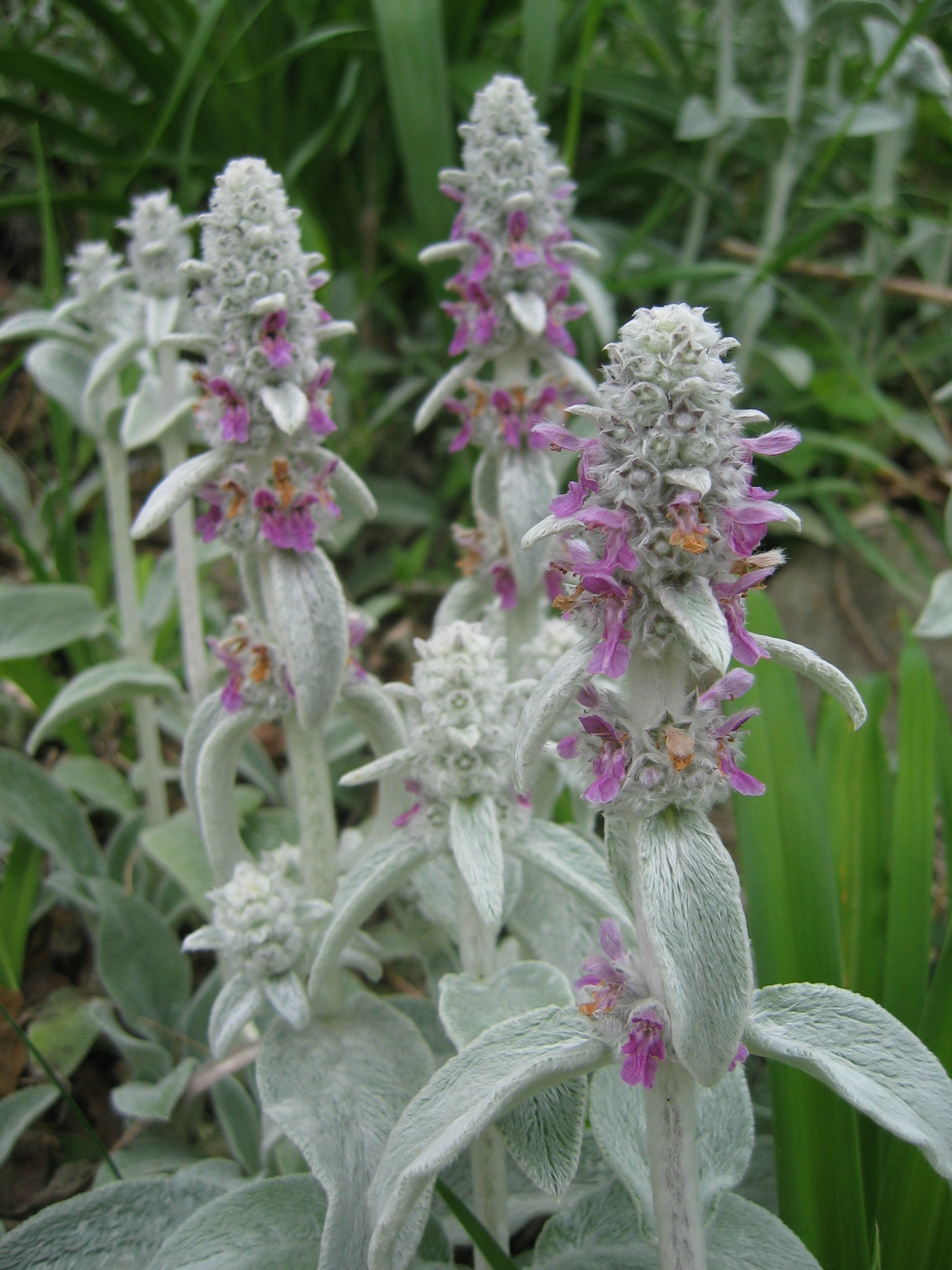Heal-All, or Self-Heal, is everywhere; it tolerates a good deal of mowing, and seems to be indifferent to sun or shade, so it can establish itself in urban lawns as easily as at the edge of the woods. The color of the flowers is variable from deep purple to white, including bicolors; here we see almost the complete range, all from plants growing in one shady lawn in Mount Lebanon, where they were blooming in early July.
Gray describes the genus and the species:
PRUNÉLLA L. SELF-HEAL. Calyx tubular-bell-shaped, somewhat 10-nerved, naked in the throat, closed in fruit; upper lip broad, truncate. Corolla ascending, slightly contracted at the throat and dilated at the lower side just beneath it, 2-lipped; upper lip erect, arched, entire; the lower reflexed-spreading, 3-cleft, its lateral lobes oblong, the middle one rounded, concave, denticulate. Filaments 2-toothed at the apex, the lower tooth bearing the anther; anthers approximate in pairs, their cells diverging. — Low perennials, with nearly simple stems, and 3-flowered clusters of flowers sessile in the axils of round and bract-like membranaceous floral leaves, imbricated in a close spike or head. (Name said to be from the German Bräune, a disease of the throat, for which this plant was a reputed remedy. Often written Brunella, which was a pre-Linnean form.)
P. vulgàris L. (HEAL-ALL, CARPENTER-WEED.) Leaves ovate-oblong, entire or toothed, petioled, hairy or smoothish; corolla violet or flesh-color, rarely white, not twice the length of the purplish calyx. — Woods and fields, Nfd. to Fla., westw. across the continent. June-Sept. (Eu.)
Var. laciniata L Some upper leaves tending to be pinnatifld. (P. laciniata L.) — Said to be introd. near Washington, D. C. (Adv. from Eu.)










